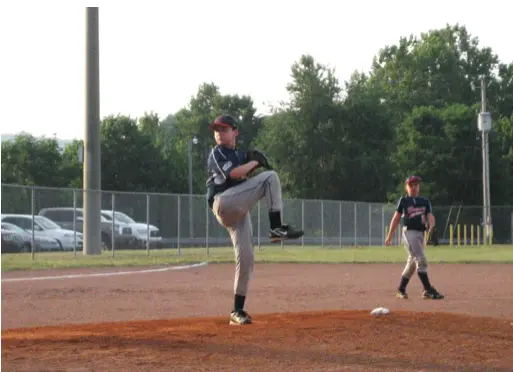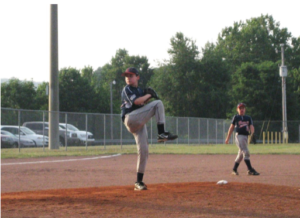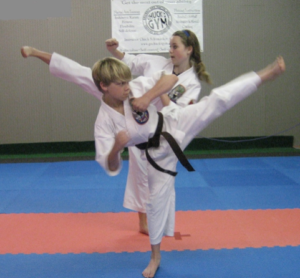
Jan 07, 2016 • 4 min read
Training Young Athletes: Finding the Balance
Posted in:
A few years ago while I was teaching a karate class at my gym, a mother and her son arrived for the youngster’s first private karate lesson. As they sat down to wait for the lesson to begin, I noticed the boy was sitting on his mom’s lap–he was 12 years old. An hour later, another 12-year-old arrived for his baseball lesson. His father informed me that they had just come from the 12-year-olds strength & conditioning coach at another gym and then off to football practice after the baseball lesson.
The truth is, training a 12-year-old as if he’s a 22-year-old doesn’t work. Over-training puts young athletes at risk for fatigued muscles, injury, and mental burnout. In his book Any Given Monday, orthopedic surgeon Dr James Andrews says “over-use injuries are at epidemic levels and every year more than 3.5 million children will require medical treatment for sports-related injuries, the majority of which are avoidable through proper training and awareness.” Yet (with dreams of making it to the pros), we see kids being over-trained in youth sports all the time. Or, we often see the opposite; treating a 12-year-old as if he’s still six. Neither situation represents good balance in training.
A person’s interest level is most often the deciding factor whether or not they continue to improve and advance in their sport or activity.
All sports require that certain skills be developed in order to continue on to higher levels. That’s a fact. Talent is nice, but a kid’s interest level will play a significant role in that development. Parents must remember that just because their child is good at something, it doesn’t mean they want to do it at the level the parent has in mind. Once a kid has found their passion, however, some real progress can be made because they will be the one who wants it―they will be willing and able to sustain the effort required for more serious training, and will come to enjoy the process.
Training young athletes has much to do with teaching kids to have a routine. Learning proper technique and how to consistently apply the movements with precision and rhythm is crucial, as this will lead to sustainable performance skills. A young athletes’ training regimen should include techniques and exercises that are appropriate for their age, ability, and fitness level, and should be progressive in nature to avoid over-training and burnout. Emphasizing stability and physical balance in the early stages of training will enable the nervous system and muscles to adapt over time, allowing motor learning to take place. Once the neuromuscular system has adapted and the exercises or techniques become effortless, it’s time for more advanced training―but not before. Knowledge about how skill is developed, and about how interest is sustained, is the key to keeping the fun in it while training young athletes.
“Not taking the shortcut, is the shortcut.”
Lots of us get ahead of ourselves. It’s easy to do because we often focus on the goal and not the journey to get there. In today’s society, we want things quickly and because of this we trip ourselves up as we speed past the basics, never really mastering them. We continue to struggle because there’s no foundation to build on. Developing skill will happen one step at a time, over a period of time.
How much time? That depends on a person’s interest level, natural ability, and an understanding of appropriate training levels every step of the way. In order to prevent over-training and burnout in young athletes, it’s important to remember that there are fundamental physiologic differences between children and adults. Kids are very capable of training hard and learning advanced techniques, but without a realistic, balanced approach, loss of interest, injury and eventually quitting will be the likely result. When winning becomes the top priority, it’s easy to forget an athlete’s young age and, as a result, lose perspective.
The fact remains that a kid’s top priority is–having fun!
Chuck Schumacher is the author of “How to Play Baseball: A Parents Role in Their Child’s Journey,” available at www.chuckschumacher.com (signed copy) or Amazon. Chuck has 20 years experience as a youth baseball coach and 40 years experience in martial arts. In 2006, he opened Chuck’s Gym in Franklin, Tenn., where he teaches baseball and Okinawan karate. You can contact Chuck at chucksgym@comcast.net.
